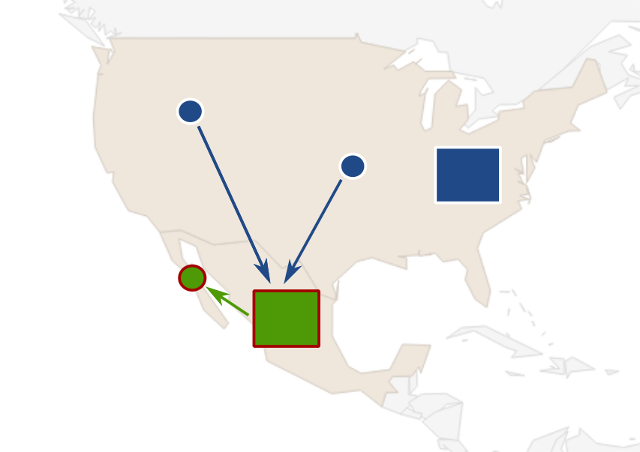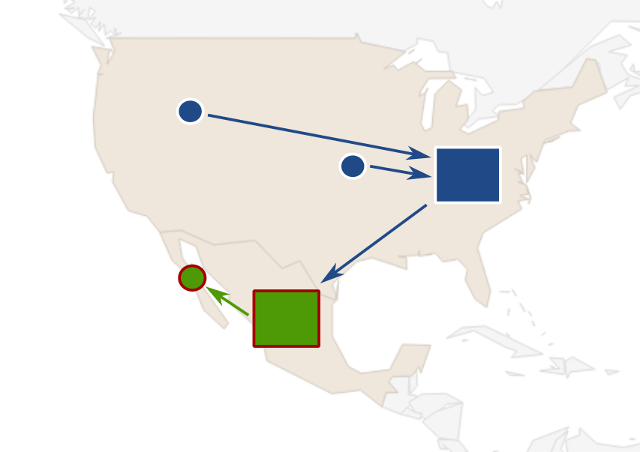Nostro Account
The term “nostro account” is used by banks, to refer to an account held in another bank.
For example, if a bank in Mexico receives a lot of remittances from the United States, but doesn't not have a banking license to open a branch in the US, the Mexican bank (client) can reach an agreement with an American bank (facilitator). The American bank will open an account in the name of the Mexican bank, in US dollars.
Figure 1: Without a nostro account, business from US transfer money directly into the Mexican bank

Figure 2: Using a nostro account, transfers from the US go to an account held in an American bank. The American bank will transfer the collected funds to the Mexican bank.

For the Mexican bank, this account will be a nostro account.
For the American bank, this account will be a vostro account.
Nostro means “ours” in italian. And Vostro means “yours”.
Now, when someone in the United States needs to make a transfer to an account in the Mexican Bank, he can use the facilitator bank (American) and make the deposit in US dollars. Every day, the money collected in the nostro account will be transferred from the American Bank to the Mexican Bank.
The arrangement can also allow the American bank to make transfers to other American banks on behalf of the Mexican Bank. If this is the case, the nostro account will also be used to make payments in the US. At the end of the day, there can be a positive or negative balance in the nostro account. If there is a positive balance, US dollars will be sent from the American Bank to the Mexican Bank. If there is a negative balance, the Mexican Bank will have to send funds to the facilitator bank.